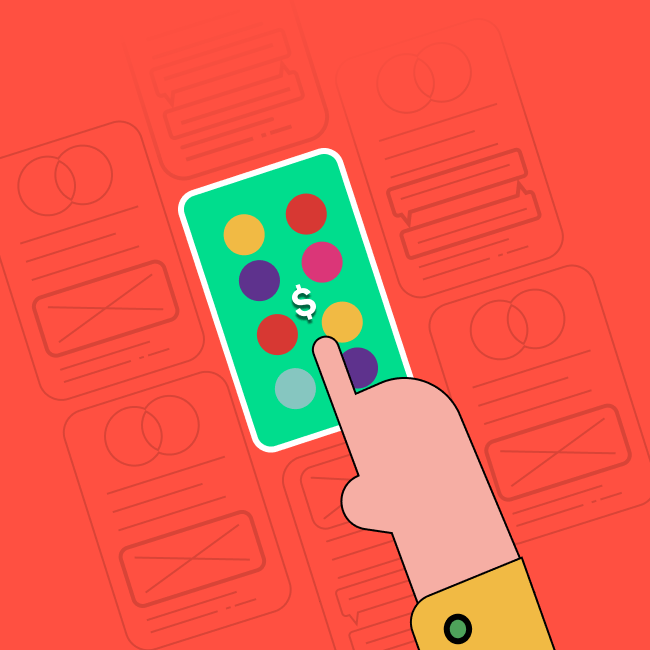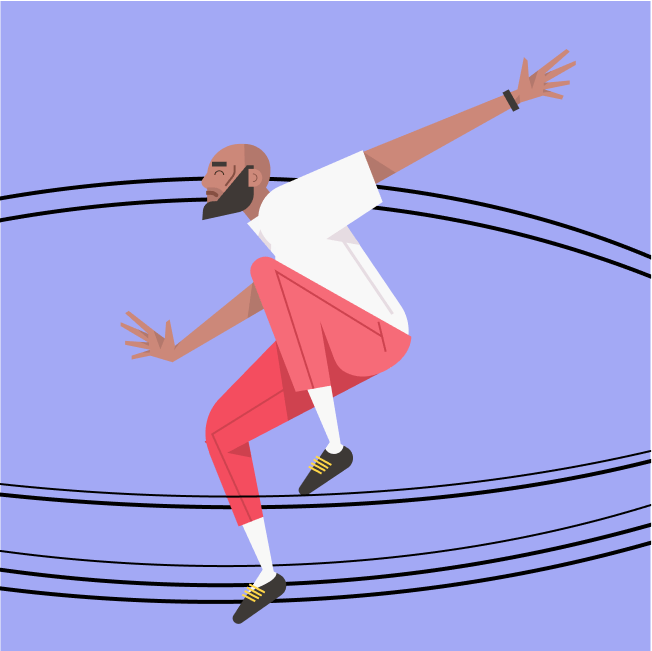Making UX and behavioural economics work better for ROI
June 17, 2020 | Read Time : 3 mins
Table of Contents
What is ROI?
ROI is commonly known as Return On Investment. It is the determination of possible return upon investing. It is measuring how much an investor will get in comparison to the original investment.
Bunisessnewsdaily writes, ROI, or return on investment, is a standard business term used to identify past and potential financial returns. Managers and executives look at the ROI of a project or endeavour because this measure indicates how successful a venture will be. Often expressed as a percentage or a ratio, this value describes anything from a financial return to increased efficiency.
How are ROI and UX related?
The $300 million button article explains how design and ROI are connected. By changing one button, Spool’s company saw an increase of 300 million dollars in sales.
Jared Spool, the author of the $300 million button article, explains his site displayed the register option when the users encountered the website. It resulted in 75% of the visitors not being able to purchase because they didn’t want to commit (register) to the site but explore it for their purpose
Jared spool’s team decided to place the sign-up option during the checkout process. This process enabled users to take on the user journey without any distractions and achieve their goal of buying an item. Placing the sign-up option the moment they encounter the website makes users feel they have to commit and when they were simply at the site for exploring and buying an item.
The site ensured the user that they didn’t need to make an account to purchase any item. This small change with the sign-up page helped increase sales to 300 million dollars.
The ROI in business is calculated by how much return the business has got upon the investment.
However, in UX, returns are very different, like:
- Increase in user satisfaction
- An increase in conversion rate
- The decrease in bounce rate
- Increase customer satisfaction and retention
- Reduced development costs
UX plays an essential role in getting better returns on investments. If the website focuses on User experience and makes it easier for users to access and meet their goals, the website will register more sales and accounts.
Importance of UX
The User Experience on any website plays a vital role in deciding the site’s fate. How the user is interacting, what they need, what distractions are to be abolished, all of these factors and more are considered to help the user meet the end goal.
The button that helped $300 million in sales also comes under UX design. User Experience is a way that allows to layout user journey and design according to user needs. In UX, the design also focuses on marinating a balance and aligning user and business goals, as if only users’ goals are met, it can be challenging to run the website.
Behavioural Economics and UX that helps ROI:
Academy explains behavioural economics blends the studies of Psychology and Economics, analyzing how it links to the economic decision-making processes of people and institutions.
Here’s how Behavioral Economics help in UX, which can lead to better ROI:
Nudge Theory:
The theory was proposed by Richard Thaler and Cass Sunstein, where it is essential to promote positive choices rather than restricting unwanted behaviour with negative repercussions.
For Example: To promote healthy eating, the school canteen kept all the fruits and vegetables on the main counter, and shifted all unhealthy food far from the student’s eyesight.
Choice Overload:
The number of options available of the same variety can cause choice overload.
For example: in a mall, there were two jam counters. One had six jam flavours, while the other had 16 jam flavours. By the end of the day, the jam counter with six flavours could sell more than the other jam counter. This happened because the user gets confused on what flavour to choose at one counter, but here at six flavours, it was easy for the user to pick and buy.
Friction Cost:
The users can be distracted and can quickly be put off by minor obstacles.
For example, if the user enters the site and is directly encountered with the registration banner. It will lead to the user leaving the website, like what happened in Jared Spool’s company.
Social Proof:
Most of the websites add testimonials and reviews on the homepage for their first-time users. It helps build trust and helps users connect with the site. Most of the testimonials people see, they find themselves in. This allows them to know if they are making the right choice.
Incorporating Behavioral economics in UX design makes sure the website is thinking like a user and getting the best ROI.






